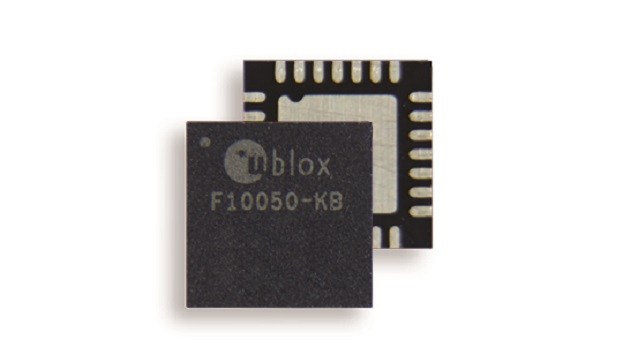
The use of satellite imagery to prosecute those responsible for oil spills has come to the attention of the marine liability industry. North P&I, a UK company providing protection and indemnity insurance to shipowners, is warning their clients that they are now at a higher risk of being investigated for maritime pollution offences, due to advancements in satellite technology.
“As indicated by recent events in the Gulf of Mexico, the use of satellite imagery for tracking and measuring oil spills is becoming increasingly sophisticated. A less well-known use is to assist in the detection and prosecution of vessels that pollute the sea, whether accidentally or deliberately,” North P&I’s loss prevention executive Colin Gillespie said.
The company has focused their attention on the CleanSeaNet satellite surveillance services, which is used by the European Maritime Safety Agency and individual countries to identify oil slicks. The system provides oil spill alerts within 30 minutes of occurrence, allowing a spotter aircraft to confirm sighting. Any ship found in, or having passed through, the location can be subject to investigation.
According to Gillespie, samples from these oil slicks can be analysed and linked to a ship’s cargo, which could result in claims, vessel arrest, fines and custodial sentences against shipping owners or employees.
Therefore, the company is advising its member groups to take extra vigilance during all oil cargo operations and to ensure they don’t become involved in an aerial surveillance investigation.













